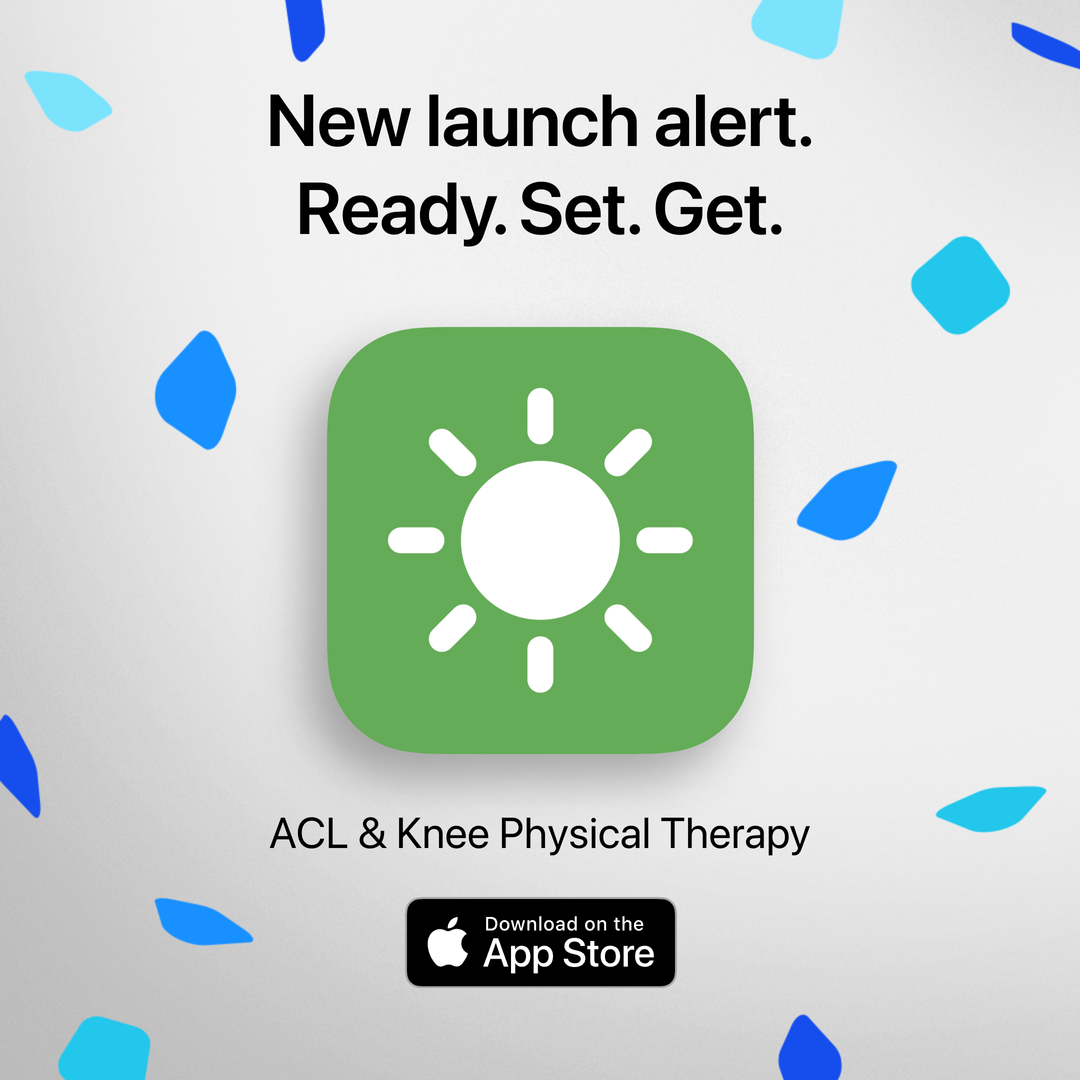After anterior cruciate ligament surgery or ACL surgery you will experience a loss of muscle mass. You may have spent a few weeks or months building up your muscles after your ACL injury and because of this you may have assumed that your muscles would be strong and healthy after surgery. However, there are many reasons why you lose muscle mass after an ACL surgery. When you first wake up after your ACL surgery you may notice that the muscles around your surgical leg already look smaller! The main reasons for this are that overall your acitvity level has decreased, your nervous system reduces the contraction of the muscles around the knee and the presence of new swelling in your knee joint due to the surgery. Learn more about muscle loss after ACL surgery by reading this blog.
Listen to Andrew Veley, a physical therapist, talk about why you lose muscle masss after ACL surgery below.
After watching the video above you may be wondering if there is a way to track your progress as you regain muscle mass after ACL surgery. A simple method called "thigh girth measurements" which you can learn about by reading this blog about how to measure the difference between your two legs by taking a thigh girth measurement. If you need a video explanation of what thigh girth measuremnts are and how they can be used to track your progress watch this short video.
Here is Andrew's full blog on muscle loss after ACL surgery.
Read all 6 of Andrew's blogs here!
If you are recovering from an ACL injury or ACL surgery and want to regain your muscle mass download our Curovate physical therapy app from the links below. Curovate provides daily video guided strengthening exercises, the ability to measure knee range of motion, in-app chat with a physical therapist to answer your surgery and recovery questions and educational blogs and webinars.
If you need further customized assistance during your ACL recovery check out our Virtual Physical Therapy page to book your 1-on-1 video session with a physical therapist.


Other Blogs Related to ACL Surgery and Rehabilitation
- Why do I feel weak after surgery?
- How to become more consistent with your exercise program using curovate
- ACL recovery timeline
- Is my ACL graft weaker than my original ACL or is my ACL graft stronger than my original ACL?
- When can I return to sport after ACL injury or surgery?
- Is there a difference in what I need to do if I had a quad tendon graft compared to a patellar tendon graft for my ACL reconstruction?
References








